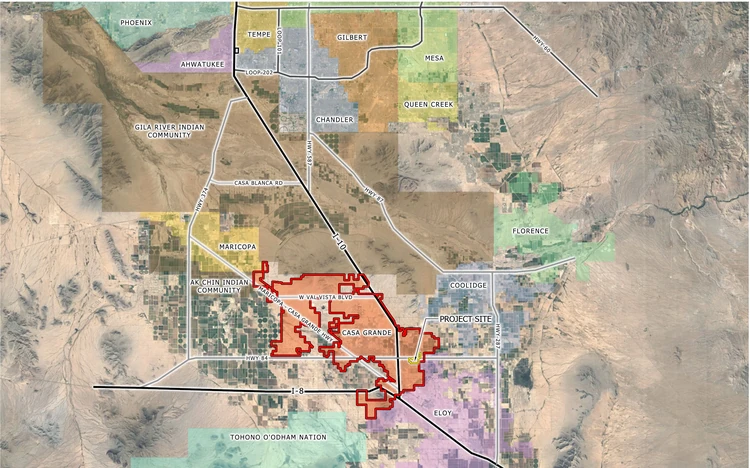ECO Mesa is an exceptionally sustainable, high-end development with 102 market rate units and 4,000 square feet of commercial space at street level. (Photo courtesy of Habitat Metro)
(Disclosure: Rose Law Group represents Taylor Morrison.)
By AZ Big Media
The Arizona development industry knows that being water conscious is crucial to the future of construction in the state and has already taken steps to be good stewards of this precious resource, according to Cheryl Lombard, president and CEO of Valley Partnership.
“There’s a commitment to conservation from every aspect of development,” she says. “I don’t care if it’s an industrial facility, a shopping center, an office building or a master-planned community, we have to show how we are efficient and conservation minded.”
Here are two Arizona projects that combine water conservation and responsible development as a guiding principle.
Verdin
Located in North Phoenix, Verdin is a 473-acre master-planned community that seeks to embrace its desert surroundings. Robert Johnson, vice president of land planning and development for Taylor Morrison, notes that Verdin is atypical because it is on one of the only pieces of private property in the Sonoran Preserve area.
“What we’re looking for to is a unique project that will have a natural desert feel that’s sensitive to the surrounding wildlife and to water conservation,” he says.
To balance Arizona water concerns with development, the landscaping will stay as natural as possible, with some areas remaining completely untouched by the developer and others using a specific selection of Sonoran Desert plants, though about 20% will be generally drought resistant vegetation. The only shared spaces that have grass are in small parks, but Johnsons says that even then, there will only be tiny amounts.
“As for our homes themselves, there’s a requirement that you can’t have any grass in the front yard and [residents] have to follow the plant palette for the National Wildlife Federation plant list,” he explains. “The backyards can only have they’ll have to submit for their landscape plans, and then they can only have a maximum of 20% of their backyard be grass.”








